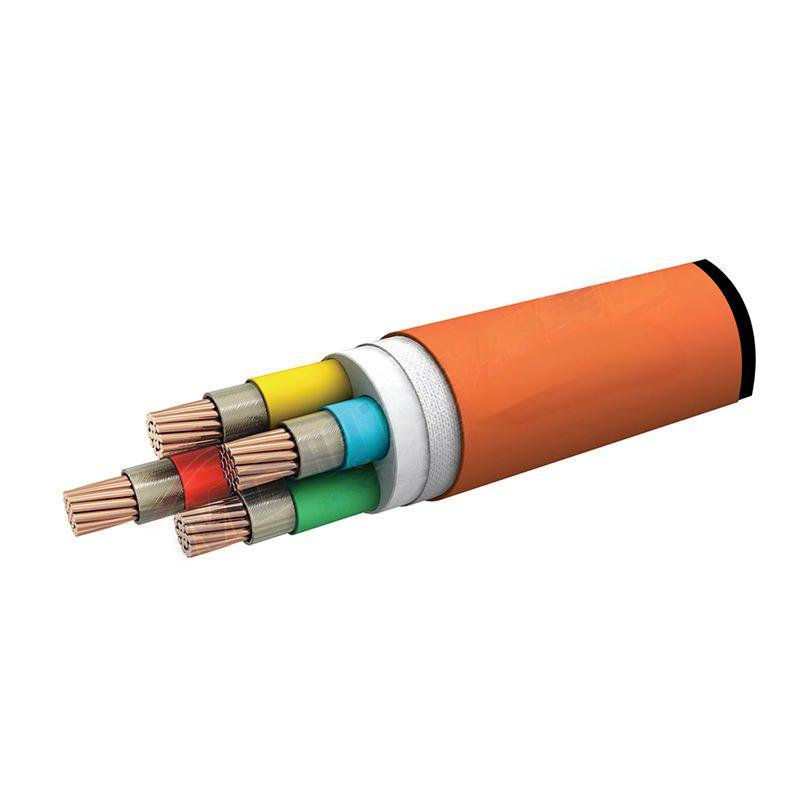Novemba . 10, 2024 13:18 Back to list
Understanding Low Pressure Check Valves for Efficient Fluid Control Systems
Understanding Low Pressure Check Valves Function, Importance, and Applications
In various industrial applications, maintaining the integrity of fluid systems is paramount. One critical component employed in these systems is the check valve, specifically low pressure check valves. These valves are designed to prevent backflow and ensure that fluids move in the intended direction. Understanding how low pressure check valves work, their importance, and their applications can significantly enhance operational efficiency and safety in various sectors.
What is a Low Pressure Check Valve?
A low pressure check valve is a one-way valve that allows the flow of fluid in one direction while preventing any reverse flow. This is essential in protecting equipment and ensuring that the system operates smoothly. Low pressure check valves are typically designed to operate at pressures that do not exceed 150 psi, making them suitable for various applications where high pressure is not a concern.
How Do They Work?
The operation of a low pressure check valve is relatively straightforward. It consists of a valve body, a seat, and a disc or ball element that moves within the valve. When the pressure of the fluid entering the valve exceeds the pressure on the opposite side, the disc or ball is lifted off the seat, allowing fluid to flow through. As soon as the pressure drops or if reverse flow occurs, the disc or ball returns to its seated position, effectively sealing the valve and stopping any backflow.
Importance of Low Pressure Check Valves
1. Preventing Backflow One of the primary functions of a low pressure check valve is to prevent backflow in piping systems. Backflow can cause contamination of the fluid, leading to potential health and safety risks, especially in potable water applications. By ensuring that contamination does not occur, these valves play a vital role in maintaining fluid quality.
2. System Protection Low pressure check valves help protect pumps and other equipment from damage caused by reverse flow. Continuous backflow can lead to wear and tear, increased maintenance costs, and, ultimately, system failure. By preventing backflow, these valves contribute to the longevity and reliability of industrial systems.
low pressure check valve

3. Improving Efficiency In systems where fluids are transported over long distances, low pressure check valves can improve operational efficiency. By allowing for free flow in one direction and preventing backflow, these valves help maintain the intended flow rates, reducing the need for additional pumping or excessive energy use.
Applications of Low Pressure Check Valves
Low pressure check valves are used across various industries, each requiring specific considerations for fluid dynamics. Some common applications include
- Water Treatment In water treatment facilities, low pressure check valves ensure that treated water does not flow back into the contaminated supply, protecting public health.
- HVAC Systems Heating, ventilation, and air conditioning systems utilize low pressure check valves to maintain airflow and prevent backflow, which can lead to inefficiencies and equipment damage.
- Chemical Processing Low pressure check valves are essential in chemical processing applications where preventing contamination and maintaining the direction of flow is crucial.
- Food and Beverage Industry In the food and beverage sector, these valves help ensure that products remain uncontaminated during processing and packaging.
Conclusion
Low pressure check valves are integral components in many fluid systems, providing critical functions that enhance safety, efficiency, and reliability. Their simple yet effective design allows for seamless operation in various applications, ranging from water treatment to chemical processing. As industries continue to evolve and demand more stringent quality standards, the role of low pressure check valves in ensuring the proper functioning of fluid systems will only become more significant. Understanding their function and importance helps industries optimize their operations and uphold safety and efficiency standards essential in today’s world.
Share
-
Reliable Wafer Type Butterfly Valves for Every IndustryNewsJul.25,2025
-
Reliable Flow Control Begins with the Right Ball Check ValveNewsJul.25,2025
-
Precision Flow Control Starts with Quality ValvesNewsJul.25,2025
-
Industrial Flow Control ReliabilityNewsJul.25,2025
-
Engineered for Efficiency Gate Valves That Power Industrial PerformanceNewsJul.25,2025
-
Empowering Infrastructure Through Quality ManufacturingNewsJul.25,2025